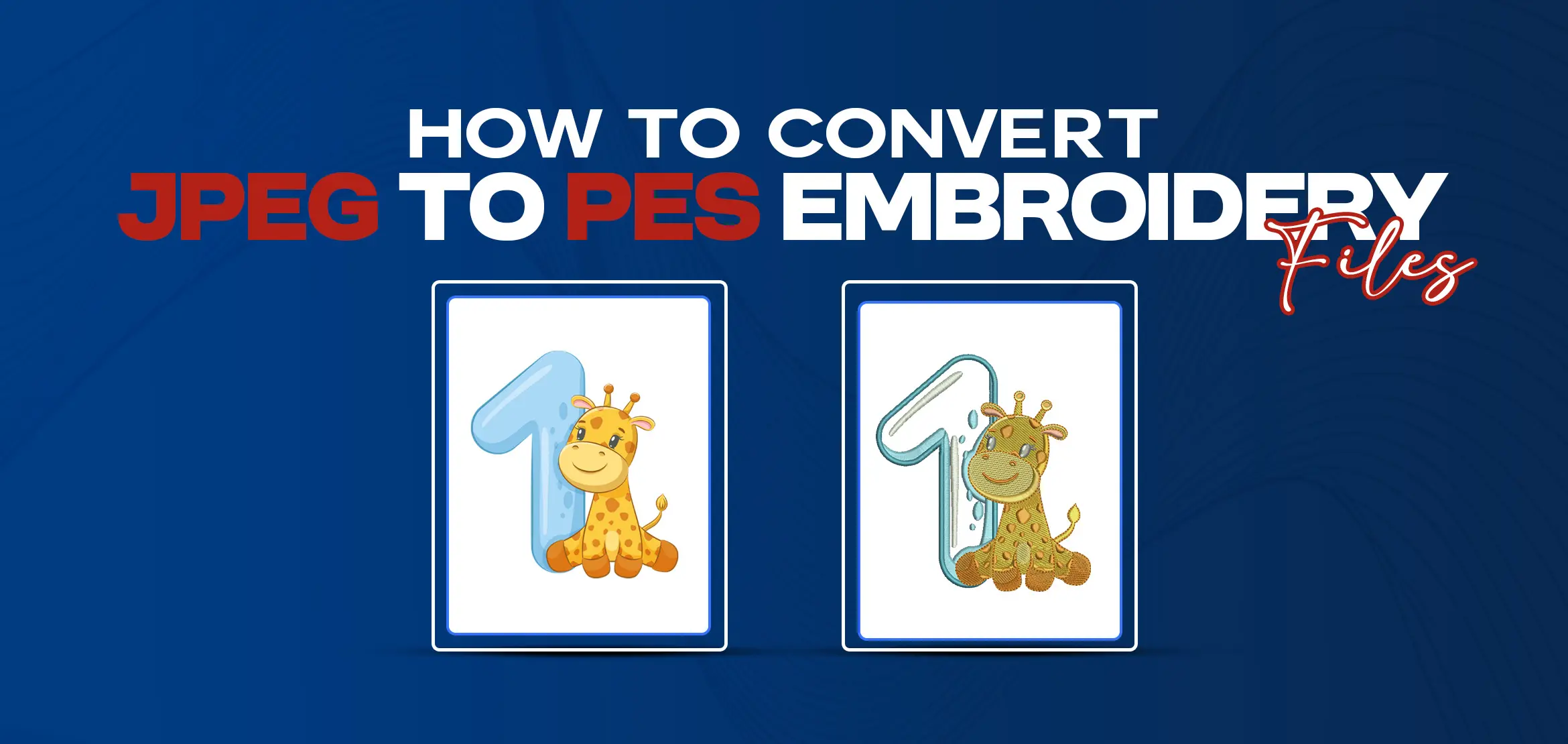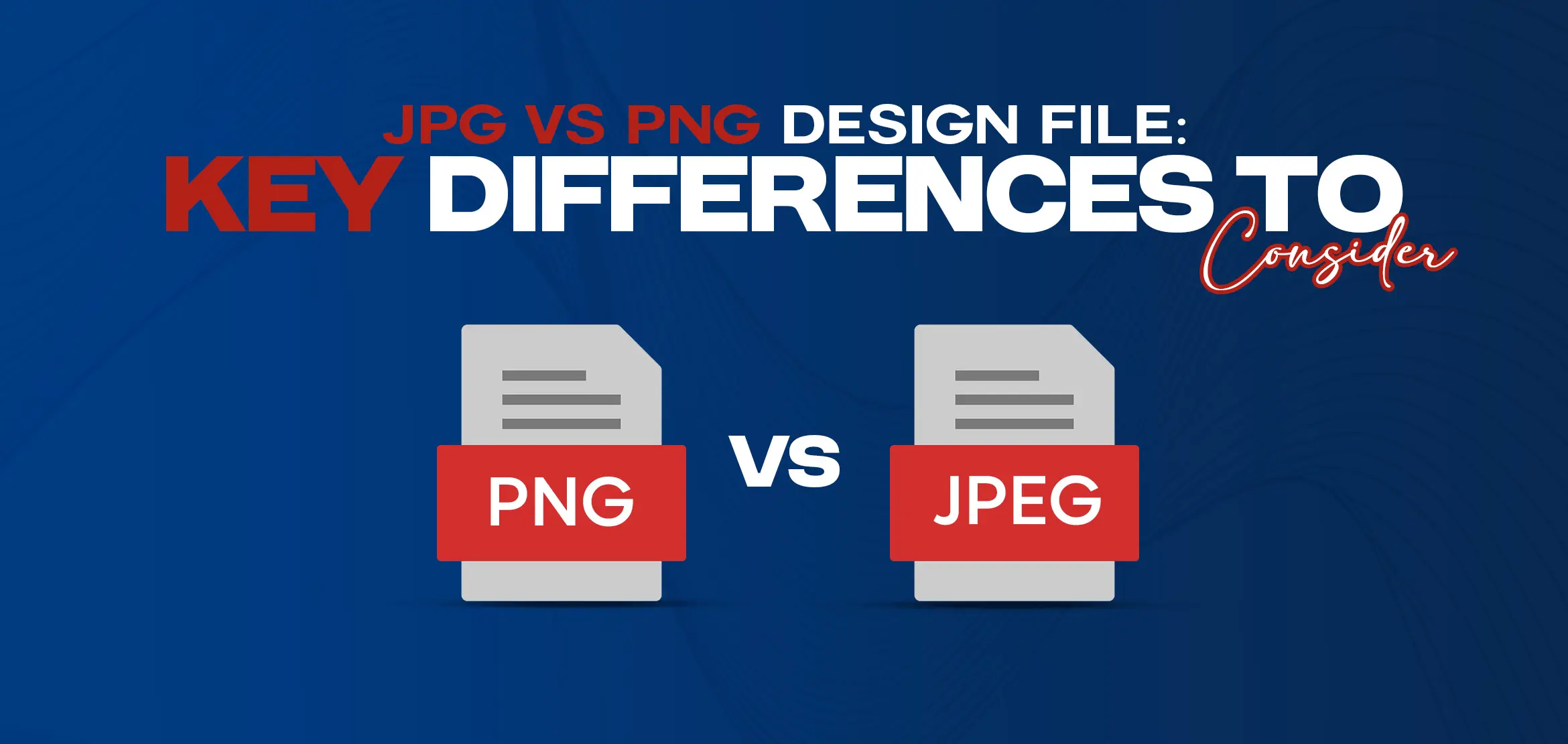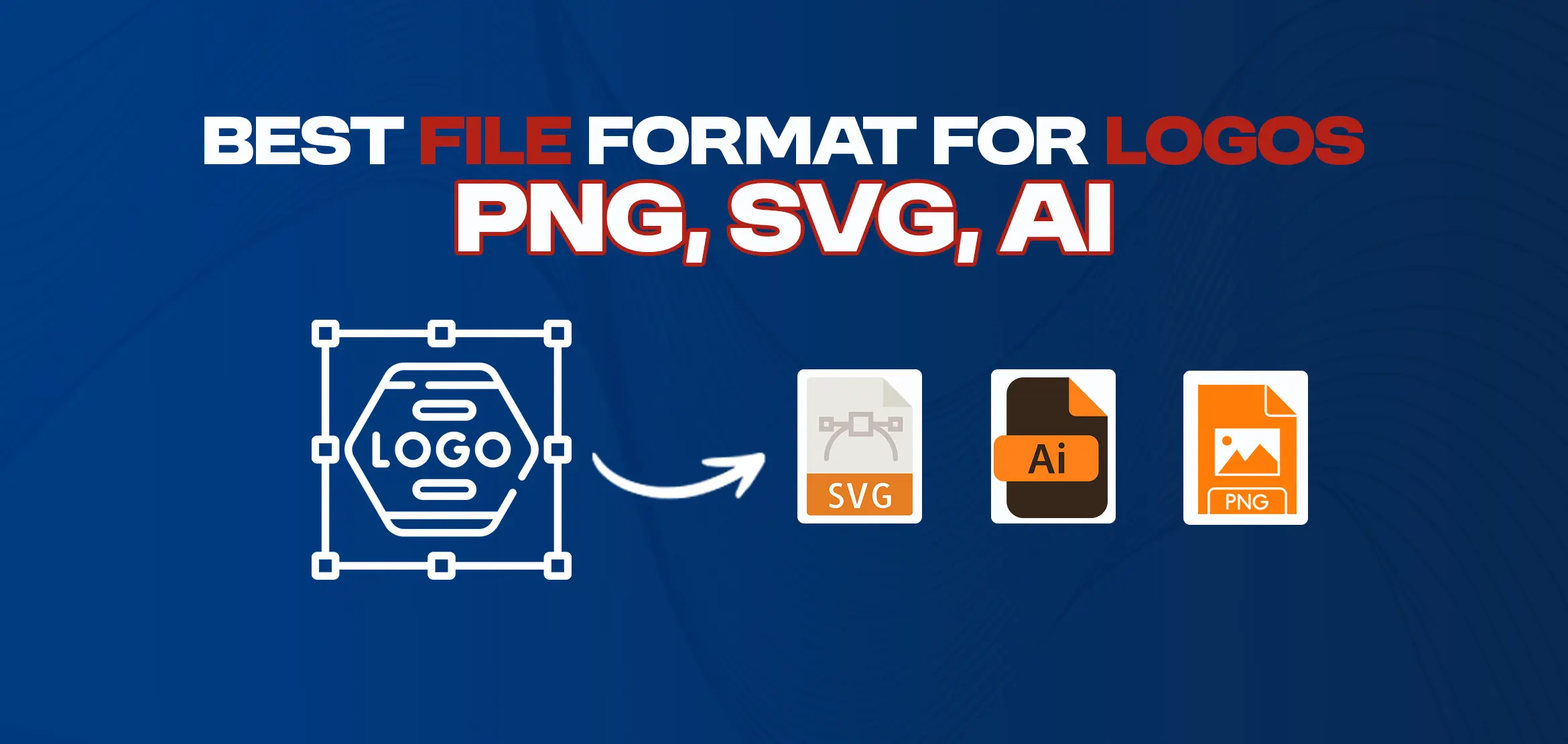
Best File Format for Logos – PNG, SVG, AI
Table Of Content
- Understanding Logo File Formats
- PNG: Raster Image Format For Computer Programs
- Advantages of PNG
- Limitations of PNG
- Best Use Cases
- SVG: The Scalable Vector Solutions
- Advantages of SVG
- Limitations of SVG
- Best Use Cases
- AI: The Professional’s Choice for Design
- Advantages of AI
- Limitations of AI
- Best Use Cases
- Key Differences: PNG vs SVG vs AI
- Choosing the Best File Format for Your Logo
- Small Businesses and Startups
- Web Developers
- Professional Designers
- Print Projects
- Importance of Vector Conversion
- Get A Professional Logo Conversion
- Conclusion
When you need to create a logo that properly represents your brand, choosing the best file format for logos is very important. The file format you select will make the quality, size, and use on different platforms, like screens and print. Some of the most accurate logo formats are PNG, SVG, and AI. Each has its own strengths and limitations, so each format is aligned for different goals. In this blog, we will explore the differences between PNG, SVG, and AI to help you in choosing the best file format for your logo needs. We will also look at how professional vector conversion or digitizing services can make your logo look great.
Understanding Logo File Formats
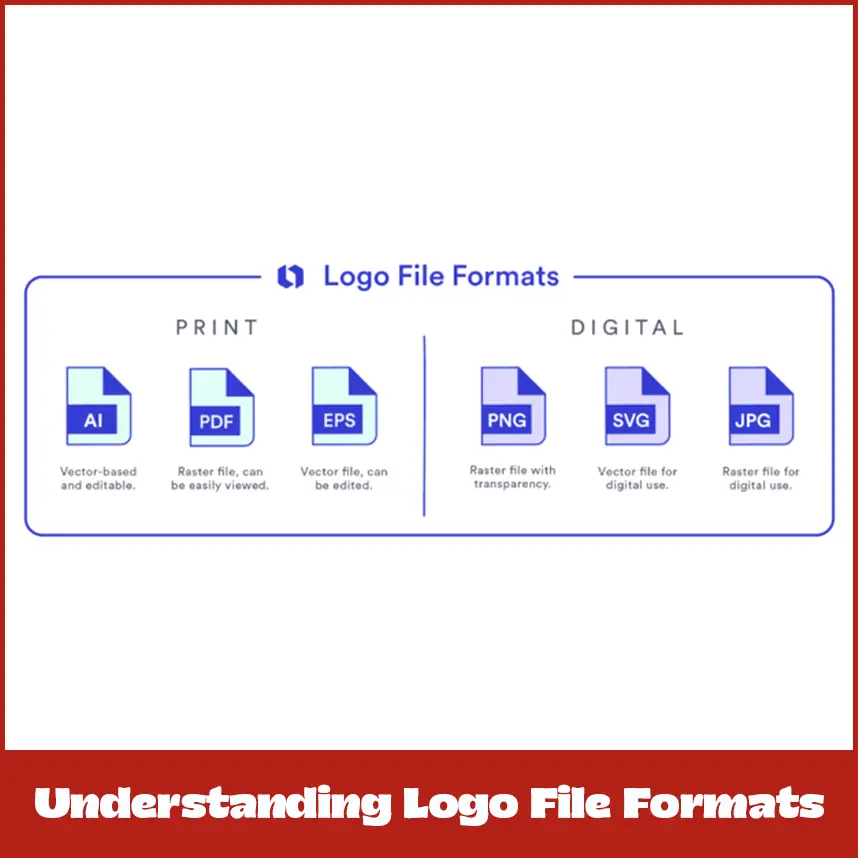
A logo is not an image; it is an important part of your brand. Using the best file format for logos keep yours in excellent condition, whether it's for on site, or gets embroidered onto cloths. Let's cover the top three formats: PNG, SVG, and AI; and look at their advantages, strengths, and ideal uses.
PNG: Raster Image Format For Computer Programs
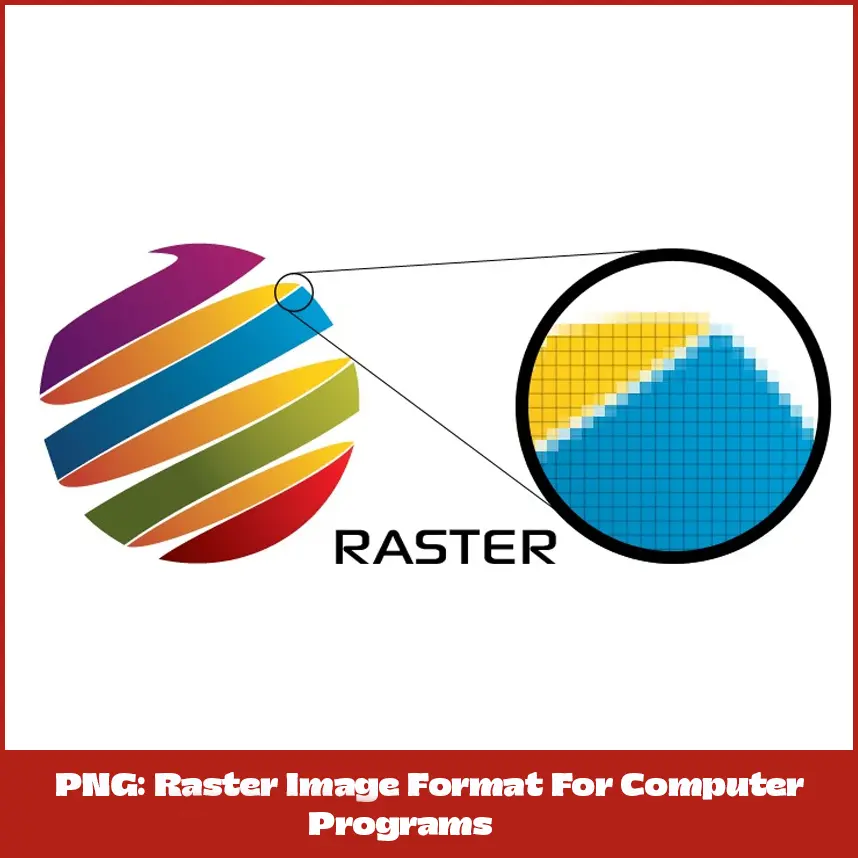
Portable Network Graphics (PNG) is a popular image file format for digital use. It is widely used by designers since it supports transparent backgrounds and maintains images sharp.
Advantages of PNG
PNG files are a versatile, high-quality image format best for digital use, it gives transparent backgrounds for seamless integration in logos and marketing materials, lossless compression for clear details, and large compatibility across image-editing software and web browsers.
Limitations of PNG
While PNG files offer transparency, high quality, and wide compatibility, their programming nature limits scalability, causing pixel breakage when enlarged, and large file sizes can slow website loading, making them less ideal for large-format printing.
Best Use Cases
PNG is the best file format for logos in digital apps like website headers, and email signatures, where its transparency, high quality, and larger compatibility ensure seamless combination.
SVG: The Scalable Vector Solutions
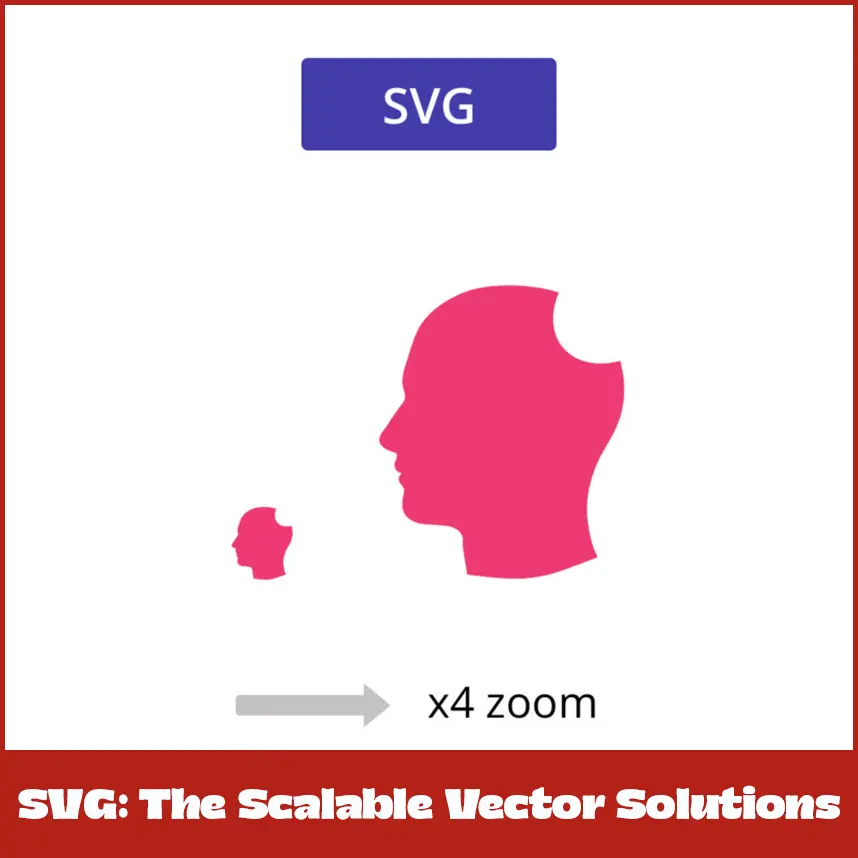
SVG (Scalable Vector Graphics) is a vector graphic format getting popular due to its utility. Unlike raster graphic formats, SVG is built using mathematical equations, and due to that reason, they can be enlarged infinitely without losing quality.
Advantages of SVG
SVG files are the best ones for logos because of the scalability, and clarity at any size, smaller file sizes that boost website performance, easy editability in vector software, and web-friendly nature with support for animations, making them ideal for both digital and large-scale applications.
Limitations of SVG
Despite SVG's advantages in scalability, small file sizes, editability, and web compatibility, its limitations include potential rendering issues for highly detailed logos with gradients or textures and reduced support in some older software or platforms, which may restrict its use in certain contexts.
Best Use Cases
SVG is usually the ideal file format for logos where flexibility is necessary, like when using responsive web design, app icons, or branding materials to scale between different sizes.
AI: The Professional’s Choice for Design
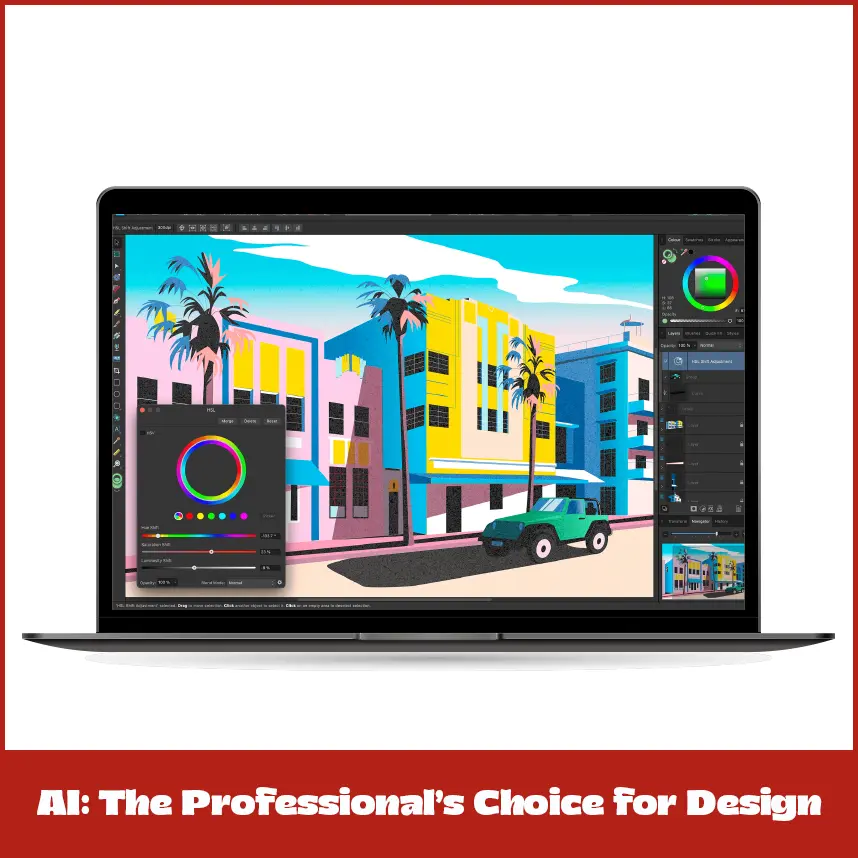
AI (Adobe Illustrator) is a proprietary vector file format native to Adobe Illustrator. It’s the preferred format for professional designers during the logo creation and editing process.
Advantages of AI
AI files are an excellent choice for logos due to their full editability with preserved layers, paths, and effects, vector-based scalability ensuring quality across print and digital applications, and status as an industry-standard format, offering seamless compatibility in professional design workflows.
Limitations of AI
While AI files are best in editability, scalability, and professional design compatibility, their limitations include dependency on Adobe Illustrator or compatible software.
Best Use Cases
AI is the best file format for logos during the design phase or when working with professional printers who require high-quality vector files.
Key Differences: PNG vs SVG vs AI
To select ideal file format, it’s important to understand how PNG, SVG, and AI compare across critical factors:
For Digital Use PNG excels for static digital assets where transparency is needed, but SVG is better for responsive designs requiring scalability. For Print SVG and AI are superior due to their vector nature, with AI being the go-to for professional print workflows. For Design Flexibility AI offers unmatched control during the design process, while SVG is more practical for final distribution. Choosing the best file format for logos based on your individual needs: When opening a new brand and wanting a logo for social media and a website, PNG is an ideal choice for immediate deployment. To ensure long-term scalability for expanding business like signage or business cards, however, converting to SVG is necessary. SVG is the most appropriate file format for logos in responsive web design because it provides small file sizes and sharp rendering on devices. AI is a must for designing and perfecting logos, giving complete control over each design aspect. For good-quality print output such as banners or brochures, AI or SVG makes your logo sharp regardless of the size. Raster logo conversion from a PNG to a vector-based format like SVG or AI is crucial for removing pixelation, allowing for infinite scaling, and future-proofing your logo across various uses. Reputable vector conversion services like DigitizingUSA professionally convert low-resolution PNGs to high-definition SVG or AI files with faithfulness to your original colors, shapes, and details. These conversion services also optimize files for use in both digital and print media. In addition, DigitizingUSA's logo digitizing services guarantee vector-based precision for expert applications such as embroidery, which provides professional stitching output. Investing in these services means that your logo will stay refined and flexible across all media. Your logo deserves to stand out! Let DigitizingUSA digitize it into scalable SVG, AI, or embroidery-ready files. Unlock your brand’s potential, contact us now! Always select the best file format for logos; PNG, SVG, or AI. It is based on your project needs, ranging from digital screens to commercial printing. PNG is best for digital transparency, SVG is superior in scalability, and AI is the designer's preference for flexibility. Knowing the strengths of PNG vs SVG vs AI will help you ensure your logo portrays your brand perfectly. For logos requiring updating or conversion, professional vector conversion and digitizing are the secrets to unlocking your logo's maximum potential. Contact now to convert your logo into a masterful multi-purpose design!Choosing the Best File Format for Your Logo
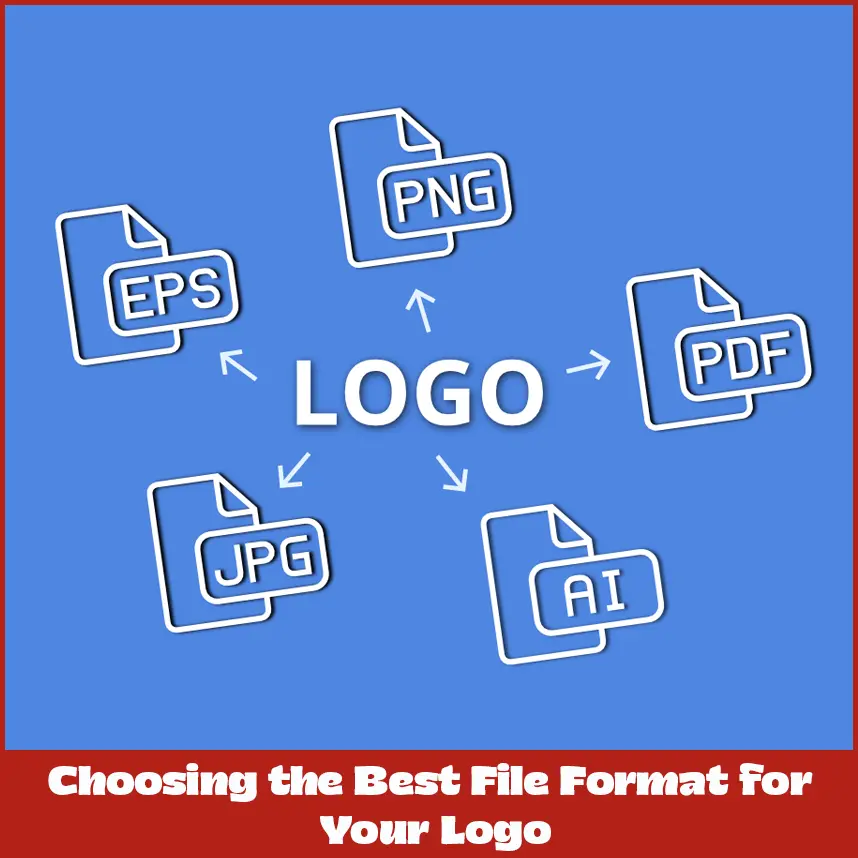
Small Businesses and Startups
Web Developers
Professional Designers
Print Projects
Importance of Vector Conversion
Get A Professional Logo Conversion
Conclusion
